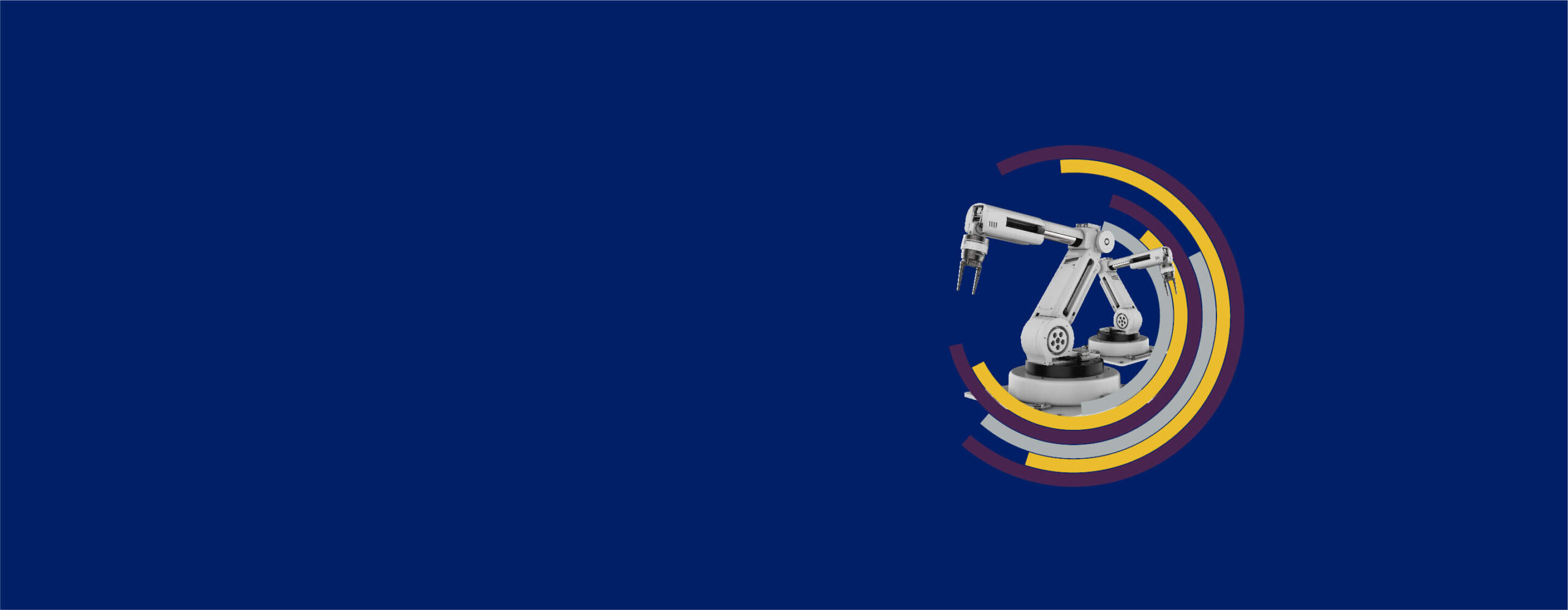
Amazon's sexist hiring algorithm could still be better than a human
Amazon decided to shut down its experimental artificial intelligence (AI) recruiting tool after discovering it discriminated against women. The company created the tool to trawl the web and spot potential candidates, rating them from one to five stars. But the algorithm learned to systematically downgrade women’s CV’s for technical jobs such as software developer.
Although Amazon is at the forefront of AI technology, the company couldn’t find a way to make its algorithm gender-neutral. But the company’s failure reminds us that AI develops bias from a variety of sources. While there’s a common belief that algorithms are supposed to be built without any of the bias or prejudices that colour human decision making, the truth is that an algorithm can unintentionally learn bias from a variety of different sources. Everything from the data used to train it, to the people who are using it, and even seemingly unrelated factors, can all contribute to AI bias.
AI algorithms are trained to observe patterns in large data sets to help predict outcomes. In Amazon’s case, its algorithm used all CVs submitted to the company over a ten-year period to learn how to spot the best candidates. Given the low proportion of women working in the company, as in most technology companies, the algorithm quickly spotted male dominance and thought it was a factor in success.
Because the algorithm used the results of its own predictions to improve its accuracy, it got stuck in a pattern of sexism against female candidates. And since the data used to train it was at some point created by humans, it means that the algorithm also inherited undesirable human traits, like bias and discrimination, which have also been a problem in recruitment for years.
Some algorithms are also designed to predict and deliver what users want to see. This is typically seen on social media or in online advertising, where users are shown content or advertisements that an algorithm believes they will interact with. Similar patterns have also been reported in the recruiting industry.
One recruiter reported that while using a professional social network to find candidates, the AI learned to give him results most similar to the profiles he initially engaged with. As a result, whole groups of potential candidates were systematically removed from the recruitment process entirely.
However, bias also appears for other unrelated reasons. A recent study into how an algorithm delivered ads promoting STEM jobs showed that men were more likely to be shown the ad, not because men were more likely to click on it, but because women are more expensive to advertise to. Since companies price ads targeting women at a higher rate (women drive 70% to 80% of all consumer purchases), the algorithm chose to deliver ads more to men than to women because it was designed to optimise ad delivery while keeping costs low.
But if an algorithm only reflects patterns in the data we give it, what its users like, and the economic behaviours that occur in its market, isn’t it unfair to blame it for perpetuating our worst attributes? We automatically expect an algorithm to make decisions without any discrimination when this is rarely the case with humans. Even if an algorithm is biased, it may be an improvement over the current status quo.
To fully benefit from using AI, it’s important to investigate what would happen if we allowed AI to make decisions without human intervention. A 2018 study explored this scenario with bail decisions using an algorithm trained on historical criminal data to predict the likelihood of criminals re-offending. In one projection, the authors were able to reduce crime rates by 25% while reducing instances of discrimination in jailed inmates.
Yet the gains highlighted in this research would only occur if the algorithm was actually making every decision. This would be unlikely to happen in the real world as judges would probably prefer to choose whether or not to follow the algorithm’s recommendations. Even if an algorithm is well designed, it becomes redundant if people choose not to rely on it.
Many of us already rely on algorithms for many of our daily decisions, from what to watch on Netflix or buy from Amazon. But research shows that people lose confidence in algorithms faster than humans when they see them make a mistake, even when the algorithm performs better overall.
For example, if your GPS suggests you use an alternative route to avoid traffic that ends up taking longer than predicted, you’re likely to stop relying on your GPS in the future. But if taking the alternate route was your decision, it’s unlikely you will stop trusting your own judgement. A follow-up study on overcoming algorithm aversion even showed that people were more likely to use an algorithm and accept its errors if given the opportunity to modify the algorithm themselves, even if it meant making it perform imperfectly.
While humans might quickly lose trust in flawed algorithms, many of us tend to trust machines more if they have human features. According to research on self-driving cars, humans were more likely to trust the car and believed it would perform better if the vehicle’s augmented system had a name, a specified gender, and a human-sounding voice. However, if machines become very human-like, but not quite, people often find them creepy, which could affect their trust in them.
Even though we don’t necessarily appreciate the image that algorithms may reflect of our society, it seems that we are still keen to live with them and make them look and act like us. And if that’s the case, surely algorithms can make mistakes too?
Maude Lavanchy is Research Associate at IMD.
This article was first published by The Conversation
Research Information & Knowledge Hub for additional information on IMD publications

Tired teams, wasted weekends, and unread reports—here are 7 ways to restore morale and reignite performance. Avoid unnecessary reporting and non-essential tasks.

China's technology sector leads global innovation with AI, semiconductor growth, and strategic diversification. R&D investments fuel success amid regulatory challenges.

10 years of exclusive surveys reveal top supply chain strategy challenges—and how tools like AI, ML, and digital twins are reshaping the path forward.

Uncover AI use cases and opportunities with 4 clear imperatives that align data with business value. Avoid pitfalls and ask the right questions.

Stay ahead in a shifting global economy. Learn how to build resilient supply chains, manage currency risks, and adapt strategies for long-term business success.
The case study introduces an original way of exploring the many questions and concerns around AI adoption in business. Based on a true story, it discusses the dilemma of AI implementation through Joe, the CIO of ParcelFlow. Joe is getting ready to...

#post_excerptHannele Jakosuo-Jansson of Neste and Finnair shared key insights on board roles in CEO transitions and culture shifts with IMD’s High Performance Boards program.
This case study explores AstraPay’s journey to become a significant player, despite its latecomer status, in Indonesia’s burgeoning digital payments landscape. Launched in 2018, AstraPay had grown to serve over one million customers, but it faced ...

An intelligent organizational sensory system detects, processes, and acts on change signals, giving your company a strong competitive edge.
Working from home, whether full-time or just a few days a week, provides significant potential benefits. There’s no commute, improved work-life balance, and often increased productivity during focused tasks. Many professionals discover that they c...
in I by IMD
Research Information & Knowledge Hub for additional information on IMD publications
Research Information & Knowledge Hub for additional information on IMD publications
Research Information & Knowledge Hub for additional information on IMD publications
Research Information & Knowledge Hub for additional information on IMD publications
Research Information & Knowledge Hub for additional information on IMD publications
Research Information & Knowledge Hub for additional information on IMD publications
Research Information & Knowledge Hub for additional information on IMD publications
Case reference: IMD-2650 ©2025
Research Information & Knowledge Hub for additional information on IMD publications
Research Information & Knowledge Hub for additional information on IMD publications
Research Information & Knowledge Hub for additional information on IMD publications

